Einleitung
There is yet another issue that is starting to be more common among the iPhone 6 and 6S variety phones. The home button no longer registers a click, but the touch ID still works.
Symptoms may include:
- Only registers click occasionally.
- Only works when the home button bracket is not attached to the LCD.
- Only works if the button is held or twisted a certain way.
- Will not register click at all.
3U tools should still be able to recognize the home button, and Touch ID should still work. If they do not, this guide will not fix those problems.
Werkzeuge
Ersatzteile
-
-
Use the pointed tip of a spudger to disconnect the home button cable from its connector on the display assembly.
-
-
-
Apply mild heat (with an iOpener, heat gun, or hair dryer) to soften the adhesive securing the home button gasket.
-
Using your fingertip, gently press up on the home button from the front side of the display assembly. Use firm, constant pressure to slowly separate the home button's rubber gasket from the front panel.
-
-
-
Use the pointed end of a spudger to pry the lightly-adhered home button flex cable off the display assembly.
-
-
-
Find the resistor tied to the home button and remove the protective layer around that resistor.
-
-
-
Guide the wire to the second component
-
It is easier to keep the wire in place if you cut part of the glue out in a line. That way you can insert the wire into the cutout to prevent it from moving
-
Add some glue or UV resin to keep the wire in place.
-
Solder the wire to the top end of the component.
-
After testing the home button and confirming that the repair worked, you can re-assemble your device.
4 Kommentare
Superb it worked
Looks like have to attempt this. Have done fairly fine soldering before but maybe nothing this small. What size jumper to use? 0.1mm or 0.02mm?
Howard -
Thanks Howard. Sorry I haven’t been around for a while. The wire I used was 0.02 mm. You would probably be fine with a thicker wire, this is just what I have on hand.
Jon -
Great tutorial. There is a diagram floating around on the web that has the polarity reversed. I did that first and didn’t work before finding this guide and corrected the wiring. Works great now.
Besides a good fine tip soldering iron and at least magnifying goggles, really good flux makes all the difference on this job since everything is so small. I had some clear liquidy flux (Kester 951? don’t recall, bought long ago to help reflow GPU+SOC BGAs) That worked great as heat instantly flowed to all the right places. Necessary with tiny solder points and rework wire.
Howard -
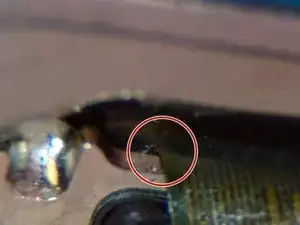
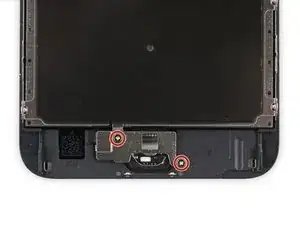
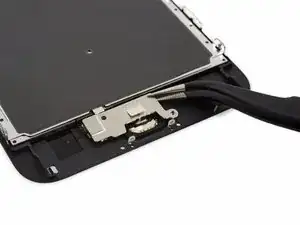
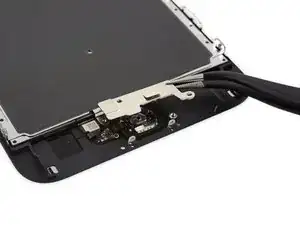
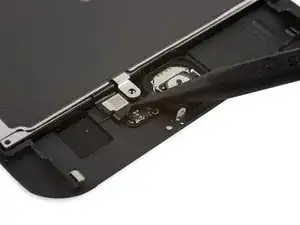
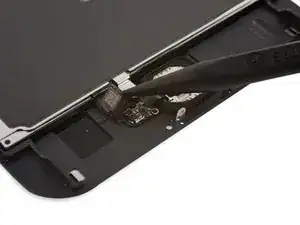
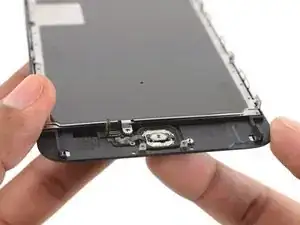

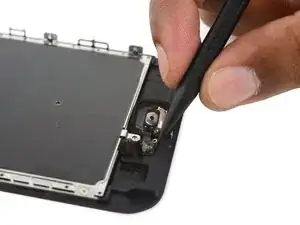
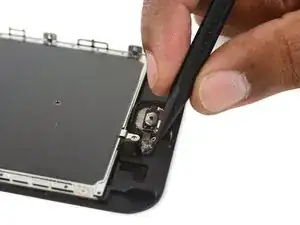
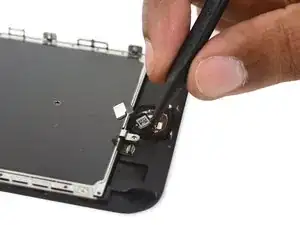
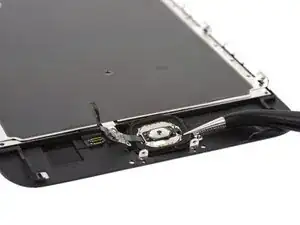
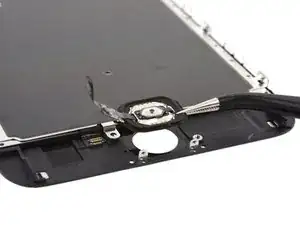
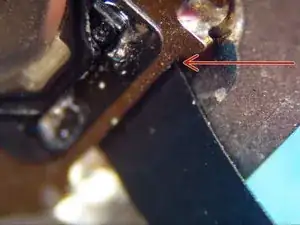

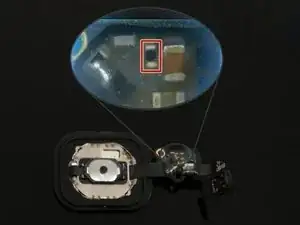
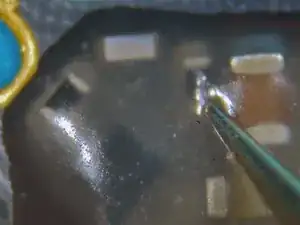
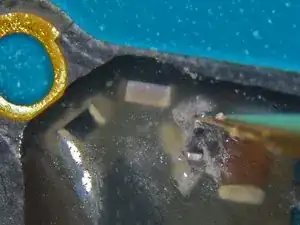
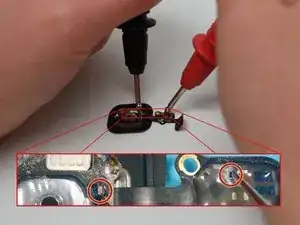
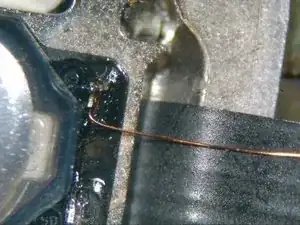

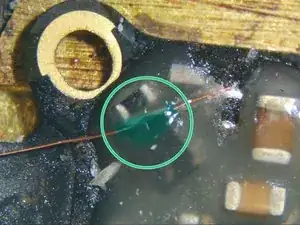
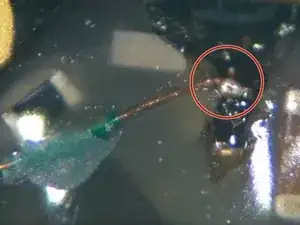
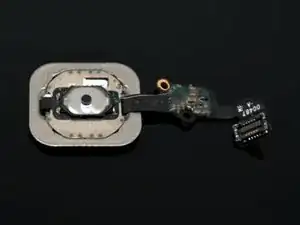
Maybe this should be totally obvious, but it took me a minute or two to realize that this step is performed on the DISPLAY ASSEMBLY that was just removed, rather than the main body of the phone, which is the part on which all the previous steps were performed.
Tom -
The new display came with a 1.9mm screw installed (the top left one above). This must be removed before putting back the home button bracket. It took me way too long to realize why I couldn’t thread the old screw back into the hole.
Brandon Mathew -
If you bought a screen assembly with a home button but have not ever set up touch ID can you set up touch ID on the new screen’s home button?
Andrew Shircel -
The home button and logic board are usually married. So if it’s a new home button paired with the original logic board, the Touch ID won’t work.
Brittni Gange -
do not over tight the screw or the lcd will get damaged
764349 -